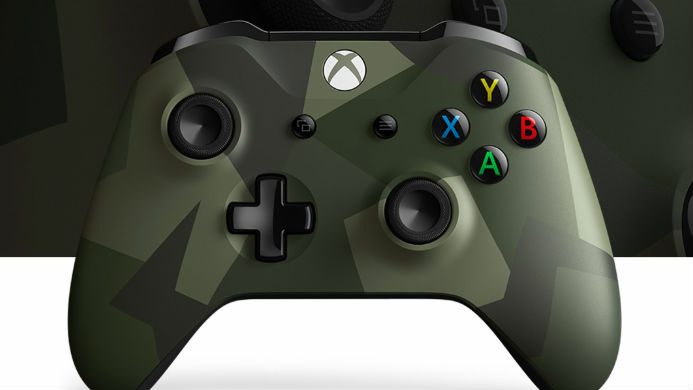SUMMARY
This is AI generated summarization, which may have errors. For context, always refer to the full article.

The measuring stick for success among the big three gaming companies of Sony, Microsoft and Nintendo has long been a question of how many consoles they have sold. But all three have had banner quarters in which they largely highlighted software rather than hardware sales, underscoring a shifting relationship between the games and the boxes on which we play them.
This change reflects a broader conversation in the industry about the future or even death of the console as we know it – away from the powerful box in our living room toward a more mobile world where even technologically demanding games can be played on any screen that has an Internet connection.
Recent games such as Epic’s Fortnite show a console is not necessary for even a fast-paced multiplayer game. Nintendo is launching its first subscription game service in late September. And the chief executive of game publisher Ubisoft said in an interview earlier this year that he believes the next generation of consoles will be our last, sparking new discussion about the death of the console. “There will be one more console generation, and after that we will be streaming, all of us,” Yves Guillemot told Variety.
“Being able to play content anywhere would be huge,” said Doug Creutz, media analyst at Cowen. With the technology to beam console-quality games to any device, he said, consumers would not have to spend the money for a $600 or $800 box, and developers would not be constrained by the processors and chips that fit in a console.
Ubisoft’s Chris Early, vice president of partnerships and revenue, said streaming’s appeal for major publishers like his is it makes it easier for even more people to play games. “Gaming has become an increasingly a part of mainstream life for everybody,” he said. “When we think about streaming and cloud computing is key advantages is more and more people can play.”
Microsoft last month reported gaming revenue hit $10 billion for the first time this past quarter, bolstered by subscription and software sales. Nintendo reported its profits were up, thanks to interest in games for its portable Switch console. Sony, the world leader for consoles, also reported PlayStation revenue drove the company’s overall revenue to $17.9 billion, and projected software sales will help the unit rise 15% next quarter.
Actual console hardware is also starting to shift toward something more lightweight. Nintendo’s popular Switch proves our traditional idea of the console does not have to be tethered to the living room. It is possible we will see more focus on powerful portables, analysts said. Sony’s new PlayStation head Tsuyoshi “John” Kodera told reporters in May his company, too, might consider something more mobile. There are also rumors of a new Microsoft console that can still sit in the living room and pull some of the processing power but does not have the bulk or full limitations of a box, according to tech news site Thurrott.com.
But for real revolution – and the true death of the console – many more things have to change than just the technology of what is sitting in your living room. While internet networks have come a long way, much of the country is still limited by the speed of their wired and cellular networks, said games analyst Mat Piscatella of NPD Group. While he expects a new generation of consoles in 2020 to have a greater focus on streaming, the console is not going anywhere soon.
On the business side, it is also not clear how publishers will make money if console-makers move to an all-streaming model, Creutz said. Playing games is different than watching Netflix, he said, in that gamers tend to stick to playing one game for months or even years, rather than flit through a large selection. That makes it hard for game publishers to guarantee a broad catalogue of games will mean playtime for their titles.
Phil Spencer, executive vice president of gaming at Microsoft, compared the evolution of moving games to streaming with the change we have seen in streaming video. Microsoft’s goal, he said, is to move gaming to a medium where you can play what you want where you want. But, he pointed out, even though streaming video claims mindshare and market share, DVD sales still pull in billions of dollars per year. Big shifts like this, he said, don’t happen as quickly as we all think they do.
“It takes time,” Spencer said. – © 2018. Washington Post
Add a comment
How does this make you feel?
There are no comments yet. Add your comment to start the conversation.